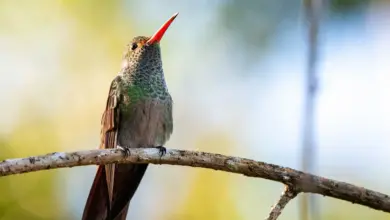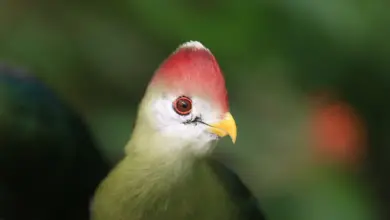Xantus Murrelet
Xantus Murrelet (Synthliboramphus hypoleucus)
Xantus’s Murrelets (Synthliboramphus hypoleucus) are small seabirds found in the California Current System in the Pacific Ocean. The Xantus’s Murrelet is the most southerly living of all the auk species.

Xantus’s Murrelet (Synthliboramphus hypoleucus) is a small seabird found in the California Current system in the Pacific Ocean.
The species is named for the Hungarian ornithologist John Xantus de Vesey who described it from specimens collected off Baja California.
Recognized Races, Ranges, and ID:
- Guadalupe Murrelet (Synthliboramphus hypoleucus hypoleucus) – Nominate
- Range: Breeds off Baja California, on the three San Benito Islands, and on two rocks offshore of Guadalupe Island. Range overlaps with ssp. scrippsi on the San Benito Islands off Baja California.
- ID: Prominent white crescents above and below the eye.
- Range: Breeds on the southern California Channel Islands and on islands off the west coast of Baja California
- ID: White patterning on the face indistinct.
Distribution / Range
The Xantus’s Murrelet is the most southerly living of all the auk species.
It breeds on islands off California and Mexico, specifically on islands in the Channel Islands of California, the largest colonies being on the Coronado Islands and on Santa Barbara Island, and also several islands off Baja California, including Isla Guadalupe.
After the breeding season, this beautiful bird disperses north at sea, usually to offshore waters, as far north as British Columbia.
Description
At just under 10 inches in length, this tiny seabird is slightly smaller than an American Robin. They weigh about 6 oz.
This species is a small black and white auk with a small head and thin sharp bill.
It resembles the closely related Craveri’s Murrelet.
Diet / Feeding
Xantus’s Murrelet feeds far out at sea, often in association with large pelagic predatory fish like tuna, on larval fish like anchovies, sardines and Sebastes rockfish. Like all auks it is a wing-propelled diver, chasing down prey under the water with powerful wingbeats.
Breeding
These are the only seabirds that raise their young entirely at sea.
It nests in small crevices, caves, and under dense bushes on arid islands in loose scattered colonies. It returns to the colony only at night, laying two eggs which are incubated for about a month. Like other synthliboramphine murrelets (e.g. the Ancient Murrelet) the chicks are highly precocial, leaving the nest within two days of hatching and running actively towards the sea, where the parents call to them. Once at sea, the family swims to offshore waters.
Little is known about the time at sea due to difficulties in studying them. A female shot at Isla Guadalupe at the end of June was moulting its primary remiges (flight feathers) and unable to fly.
Beauty Of Birds strives to maintain accurate and up-to-date information; however, mistakes do happen. If you would like to correct or update any of the information, please contact us. THANK YOU!!!





